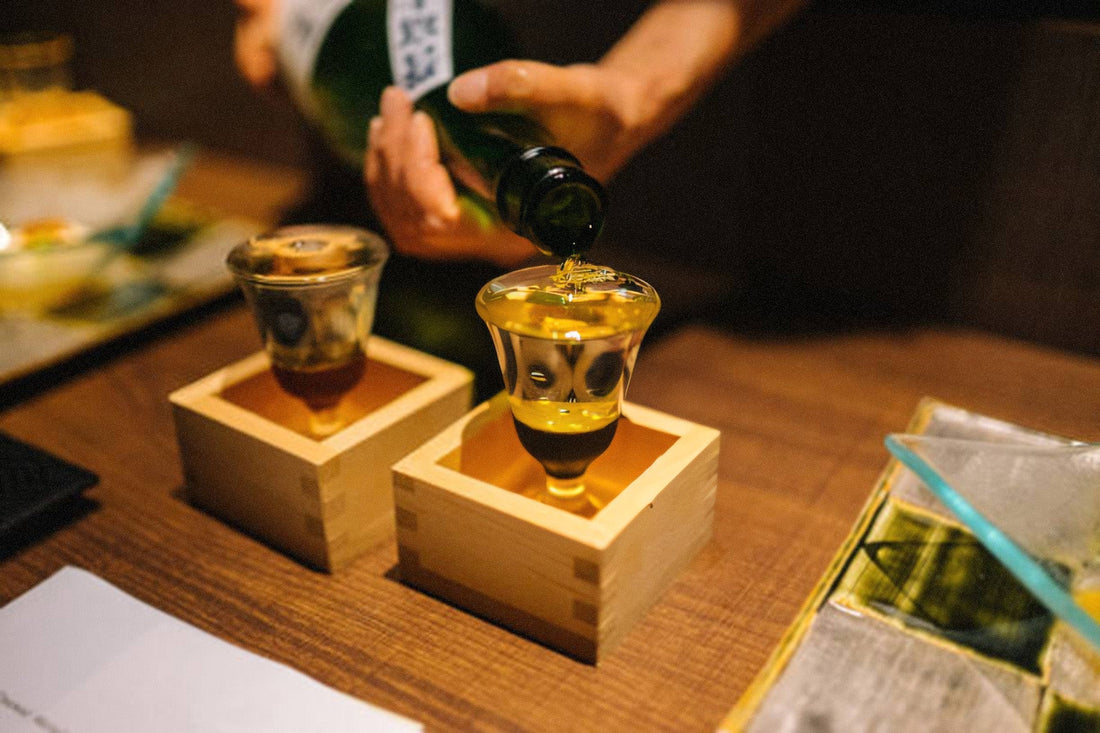
Sake, Shochu, Umeshu: A Complete Guide to Japanese Alcoholic Beverages
1. Sake (清酒)
– Elegant, smooth, and ceremonial
-
What it is:
A brewed rice wine made from polished rice, water, yeast, and koji mold. Despite being called "rice wine," its production is more similar to beer brewing. -
Flavor profile:
Light, floral, umami-rich; ranges from crisp and dry to aromatic and fruity. -
How to drink:
Enjoyed chilled, warm, or room temperature. Premium sake is best served cold. -
Pairs well with:
Sushi, sashimi, grilled seafood, and light Japanese dishes.
2. Shochu (焼酎)
– Earthy, versatile, and understated
-
What it is:
A distilled spirit typically made from barley, sweet potatoes, or rice. Lower in alcohol than whiskey but stronger than sake (around 25% ABV). -
Flavor profile:
Varies by base ingredient. Can be dry, nutty, smoky, or subtly sweet. -
How to drink:
Neat, on the rocks, diluted with hot or cold water, or mixed with soda. -
Pairs well with:
Grilled meats, fried food, ramen, and spicy dishes.
3. Umeshu (梅酒)
– Sweet, fruity, and beginner-friendly
-
What it is:
A plum liqueur made by steeping green ume fruits in alcohol and sugar. -
Flavor profile:
Sweet and tangy with a rich, fruity aroma. -
How to drink:
Chilled, over ice, with soda water, or in cocktails. -
Pairs well with:
Light appetizers, fruit-based desserts, or enjoyed as a stand-alone drink.
4. Which One Should You Try?
- Wine lovers? Go for sake.
- Whiskey or spirit fans? Try shochu.
- New to alcohol or prefer sweet drinks? Start with umeshu.
Conclusion
Japanese alcohol offers more than just a buzz—it’s an experience of tradition, flavor, and craftsmanship. Whether you’re sipping sake at a fine dinner, enjoying shochu with street food, or relaxing with a glass of umeshu at home, you’re tasting a piece of Japanese culture in every drop.
